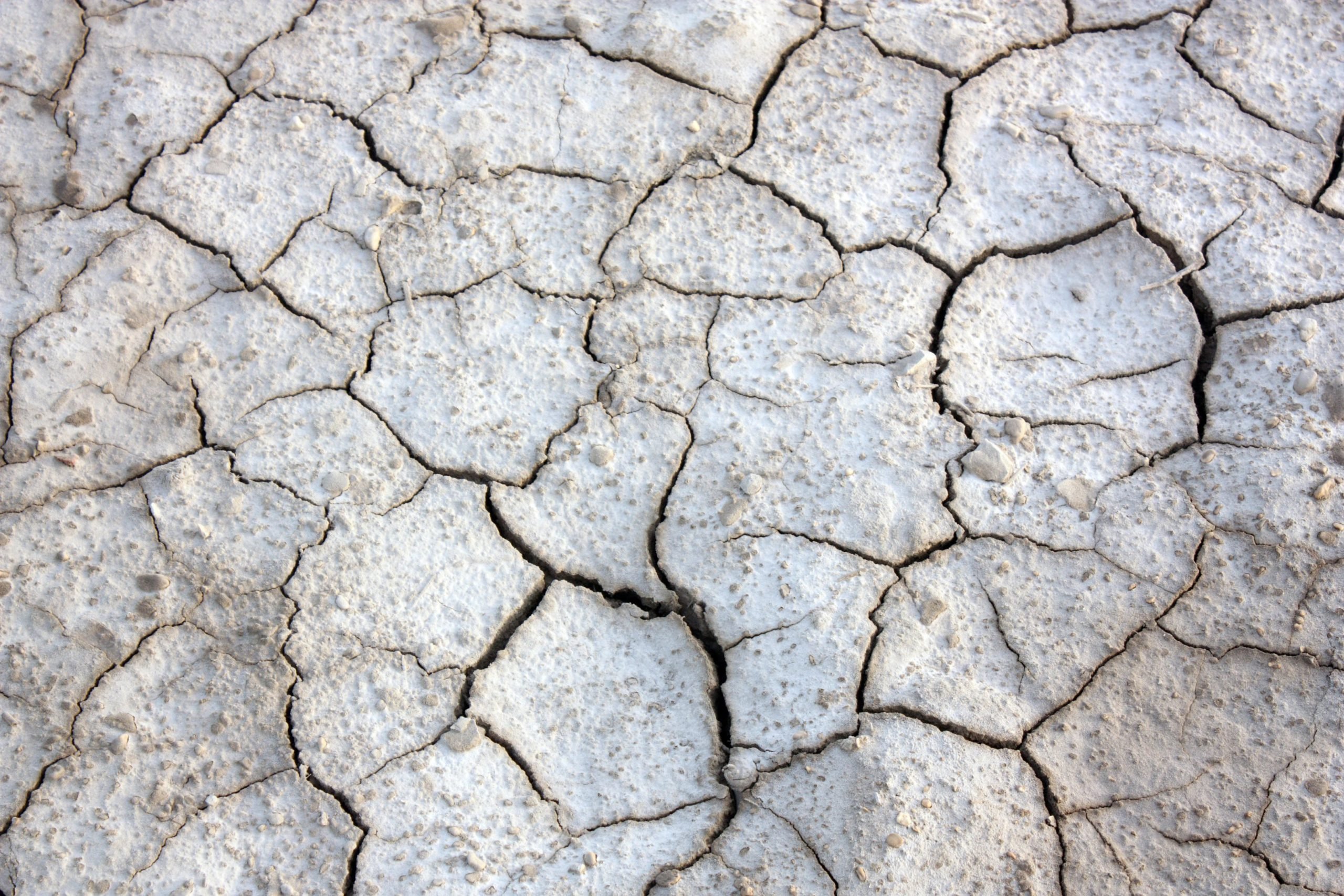After a lifetime of tending his lands, a desperate Khudayar Khan has now started working as a daily wage labourer to make ends meet. His three-acre farm along the vast Indus river in Ghotki district of Pakistan’s Sindh province has turned barren due to waterlogging and salinity.
“Repeated cultivation of rice and sugarcane on my land has resulted in waterlogging. I am left with no option but to start working as a labourer in a factory,” he said.
His is not the only tale of ruin in the area, most of which is irrigated by the Indus, one of the longest rivers in Asia and a lifeline for millions of people in Pakistan.
Khan is urging the government to initiate a programme to deal with growing waterlogging and salinity. He says the twin problems were destroying hundreds of acres of arable land each year. Excessive use of water for crops like rice and sugarcane has raised the groundwater table in Ghotki and some other adjoining districts.
Experts and studies back the farmer’s claims. The excessive use of water for crops, non-cemented canals and a poor drainage system are causing waterlogging and salinity in the area.
“The entire left bank of the Indus river could turn into lakes of saline water in the next 10 to 15 years if timely action isn’t initiated to curb waterlogging and salinity,” warned Nabi Bukhsh, general secretary of the Sindh Chamber of Agriculture.
“Rice and sugarcane are the most water consuming crops and they ultimately raise groundwater table to a dangerous level,” Bukhsh told thethirdpole.net. In his estimate, over 90% of farmers on the left bank of the Indus had been cultivating the two crops for the last three decades.
According to Bukhsh, farmers benefit from the crops initially but after some time, the excessive use of water turns fertile land barren and reduces yield.
He added that irrigation water seeps through the ground as all canals in the area are non-cemented. This ultimately results in waterlogging. “The stagnant water gradually turns saline and destroys nearby arable lands.”
Waterlogging management
The government has to do its bit to alleviate the problem. The water flow in the Kotri barrage, for instance, is hampered by silt and sludge. The authorities show little interest in dredging the drainage network in Sindh.
The government, Bukhsh added, should redesign the drain network to discharge fresh water into the sea. Besides, tubewells should be installed in the area to suck out water from the fertile lands.
According to a research paper, Salinity and Water-logging in the Indus Basin of Pakistan: Economic Loss to Agricultural Economy, around 43% of the area in the Indus Basin Irrigation System is classified as waterlogged with the water table at a depth of less than three metres, affecting around 7.1 million hectares of land.
A salinity survey conducted in 2001-03 by the Soil and Reclamation Directorate of the Water and Power Development Authority (WAPDA) showed that 27% of the area was salt affected.
The government of Sindh has recently banned rice cultivation in command areas of the canals on the left bank of the Indus to control waterlogging and salinity. A grower who violates the ban would be fined Rs.25,000 rupees ($246) per acre or with three years’ imprisonment. But a majority of farmers complain that the government ensures that the ban is imposed only on small growers.
The area where the rice cultivation is banned includes districts like Ghotki, Khairpur, Sanghar, Mirpur Khas and Tando Allah Yar.
Not just Sindh
Pakistan’s agriculture sector contributes a fifth of the country’s GDP and employs almost half of the labour force, according to the Pakistan Economic Survey 2013-14.
The issue of waterlogging is turning around 100,000 acres of land barren per annum while sea intrusion across the coastal belt of the country has been exacerbating the salinity problem each passing day, said Sardar Muhammad Tariq, former regional chair, Global Water Partnership South Asia.
Tariq told thethirdpole.net that Pakistan lacks a proper law to regulate use of water in the agriculture sector. Farmers grow crops like rice and sugarcane in running water. “The government should promote salt-tolerant crops in the salinity-hit areas instead of investing on curbing the problem,” he suggested.
Tariq also suggested that the government install vertical tubewells and improve drainage system to address the waterlogging problem. He also suggests they develop specific seed varieties for the area.
Government officials say they are doing their bit to address the problems.
The Sindh government had initiated a project in 1967 to address the issue of waterlogging and salinity in the province. As many as 3,657 tube wells were installed in different districts, said an official.
Zaheer Hyder Shah, secretary, Sindh Irrigation Department, added that the tubewells run eight hours daily and pump out around 7,588 cusecs of water. “Around 2,400 tubewells are operational now while the remaining have developed some faults,” he told thethirdpole.net. The provincial government pays the bills for electricity and repair of all the tubewells. Bukhsh of the Sindh Chamber of Agriculture, however, said only 5% of the tubewells were operational.
Shah admitted that waterlogging and salinity were the biggest issues in agriculture. He states the government are planning to install more tubewells in the problem areas to keep a check on the groundwater table.
